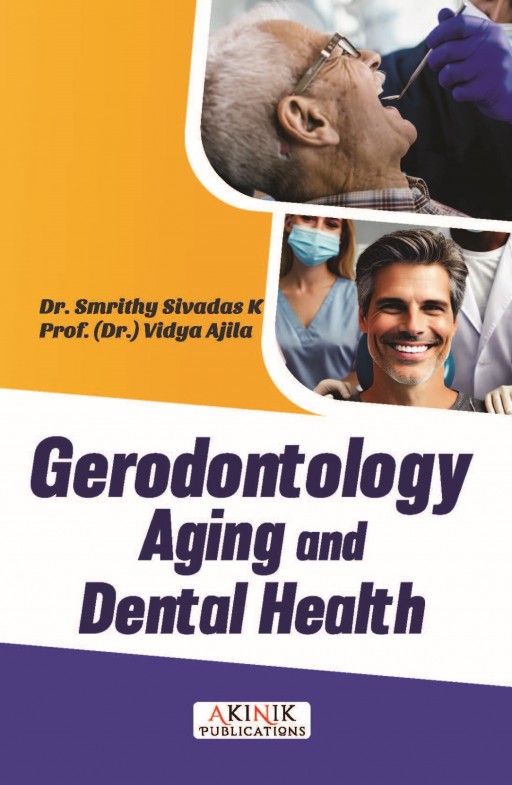Description
This book explores the unnavigated aspects pertaining to the dental health of the geriatric population, which is rising at a global level. With the advent of newer technologies in the medical and therapeutic fields, the proportion of the geriatric population surviving is increasing rapidly, necessitating the need to understand different aspects of aging. Starting with an introduction to the geriatric population and its worldwide statistics, the book explores different theories of aging and the mechanisms involved in the process of aging, navigating to the genetic and molecular levels. Communication is the key to keep in pace with the geriatric population, and book details about the various communication methods that can be adopted by the dental wing, keeping in mind various sensory disorders of the geriatric population like dementia and Alzheimer’s disease. Dental management of the geriatric population involves various invasive procedures that is influenced by medical conditions and associated drugs consumed by them. The book explores the various medical factors and systemic conditions that need to be kept in mind and altered while attending to the dental health care needs of the geriatric population, thereby showing the intricate relationship between oral health and medical conditions. Moving further, the text investigates polypharmacy pertaining to the consumption of a huge amount of drugs, associated geriatric syndromes such as falls, various nosocomial infections, the various conditions resulting in pain in the orofacial structures, and infectious diseases identified in this population. Additionally, the book covers chapter on the importance of nutrition and its effect on aging, thereby throwing light on the urge to have supplementation of various nutrients in the course of reduced appetite and life-threatening diseases seen amongst this population. The concluding chapter showcases the special care assessment to be carried out and attended in the geriatric population, a comparison between the technical knowledge of the geriatric and young population, and the various ways taken by the geriatrics to keep pace with the youth in the technical field. The book explores the impact COVID-19 had on the geriatric population and concludes with innovations in geriatric health care needs. The book serves as a source of data for healthcare professionals and students offering an insight into the dental health of the geriatric population, the interconnectivity with the medical and sensory status, and emphasizes the interdisciplinary approach to be taken for attending the geriatric population.




